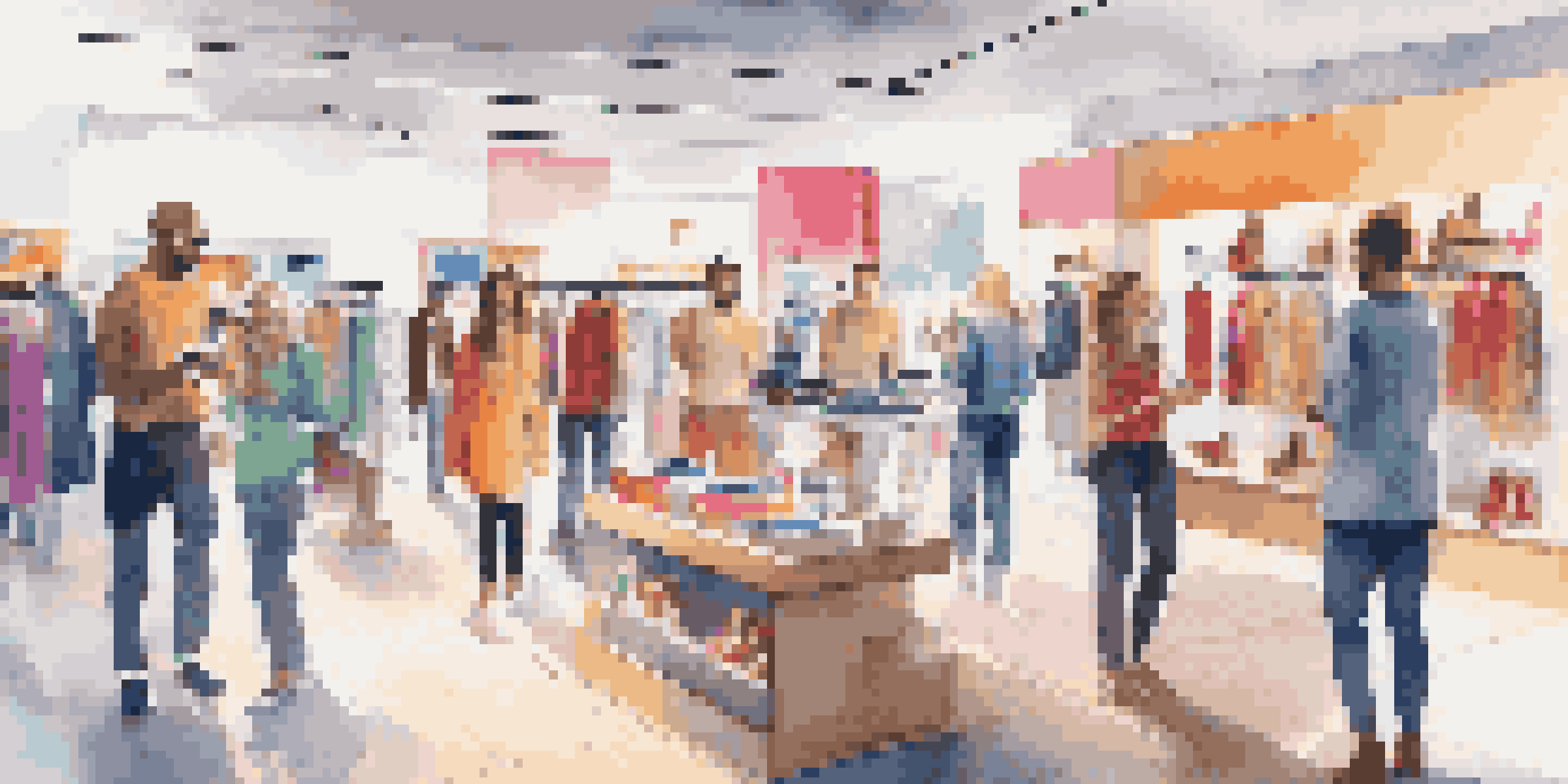Augmented Reality in Retail: Building a Competitive Advantage

Understanding Augmented Reality in the Retail Landscape
Augmented Reality (AR) is reshaping the retail experience by blending digital information with the real world. Imagine trying on clothes or shoes without stepping foot in a store, or visualizing how furniture fits in your home through your smartphone. This technology enhances consumer engagement and creates a more immersive shopping environment. As retailers adopt AR, they gain a significant edge over competitors stuck in traditional methods.
Enhancing Customer Experience with Interactive Elements
One of the most compelling benefits of AR is its ability to elevate customer experience. By allowing shoppers to interact with products virtually, AR fosters a sense of connection and excitement. For instance, cosmetic brands often use AR apps to let customers see how different makeup shades look on their faces in real time. This not only makes shopping more enjoyable but also reduces the likelihood of returns, as customers feel more confident in their purchases.
AR Enhances Retail Shopping Experiences
Augmented Reality transforms retail by allowing customers to virtually try on products and visualize items in their own space.
Driving Sales Through Virtual Try-Ons
Virtual try-ons powered by AR are revolutionizing the way consumers shop for apparel and accessories. Retailers like Warby Parker and Sephora have successfully implemented virtual fitting rooms, allowing customers to visualize how products will look on them before making a purchase. This innovative approach not only attracts tech-savvy shoppers but also encourages impulse buying, as it removes the uncertainty often associated with online shopping.
Marketing Strategies Enhanced by Augmented Reality
AR isn't just about improving the shopping experience; it's also a powerful marketing tool. Brands can create engaging campaigns that resonate with consumers, such as interactive advertisements or location-based promotions. For example, a furniture store might use AR to allow potential buyers to see how a couch looks in their living room via an app, making the ad more personalized and effective. This strategy not only boosts brand awareness but also drives traffic to both online and physical stores.
Boosting Sales with Virtual Try-Ons
Virtual try-ons help consumers feel more confident in their purchases, leading to increased sales and reduced return rates.
Building Brand Loyalty Through AR Experiences
Creating memorable experiences is crucial for building brand loyalty, and AR can play a pivotal role in this. When customers use AR to engage with products, they often feel a deeper connection to the brand. For instance, IKEA’s AR app lets customers visualize how their products fit into their spaces, making the shopping process not just functional but also enjoyable. This kind of innovative interaction fosters customers' emotional investment in a brand, encouraging repeat purchases.
Challenges and Considerations for Retailers
Despite its benefits, implementing AR in retail isn't without challenges. Retailers must consider the costs of developing AR technology and ensuring it seamlessly integrates into existing systems. Additionally, there's the need for ongoing support and updates to keep the technology relevant and engaging. As with any new technology, careful planning and execution are essential to harness AR's full potential and ensure a smooth customer experience.
AR as a Powerful Marketing Tool
Brands leverage AR for interactive campaigns that enhance consumer engagement and drive traffic to both online and physical stores.
The Future of Retail: AR Trends to Watch
As technology advances, the future of AR in retail looks promising. We can expect more personalized experiences, driven by data and AI, to further enhance consumer interactions. Additionally, the rise of social commerce will likely lead to more AR features integrated into social media platforms, allowing users to shop directly from their feeds. Retailers who stay ahead of these trends will not only attract new customers but also retain existing ones in an ever-competitive landscape.
Conclusion: Embracing AR for Retail Success
In conclusion, augmented reality is not just a passing trend; it’s a game-changer for retailers looking to stand out. By enhancing customer experiences, driving sales, and building brand loyalty, AR provides a unique competitive advantage in the retail space. As consumers continue to seek interactive and personalized shopping experiences, retailers who embrace AR technology will be well-positioned for success. The time to invest in AR is now, as it may very well define the retail landscape of the future.